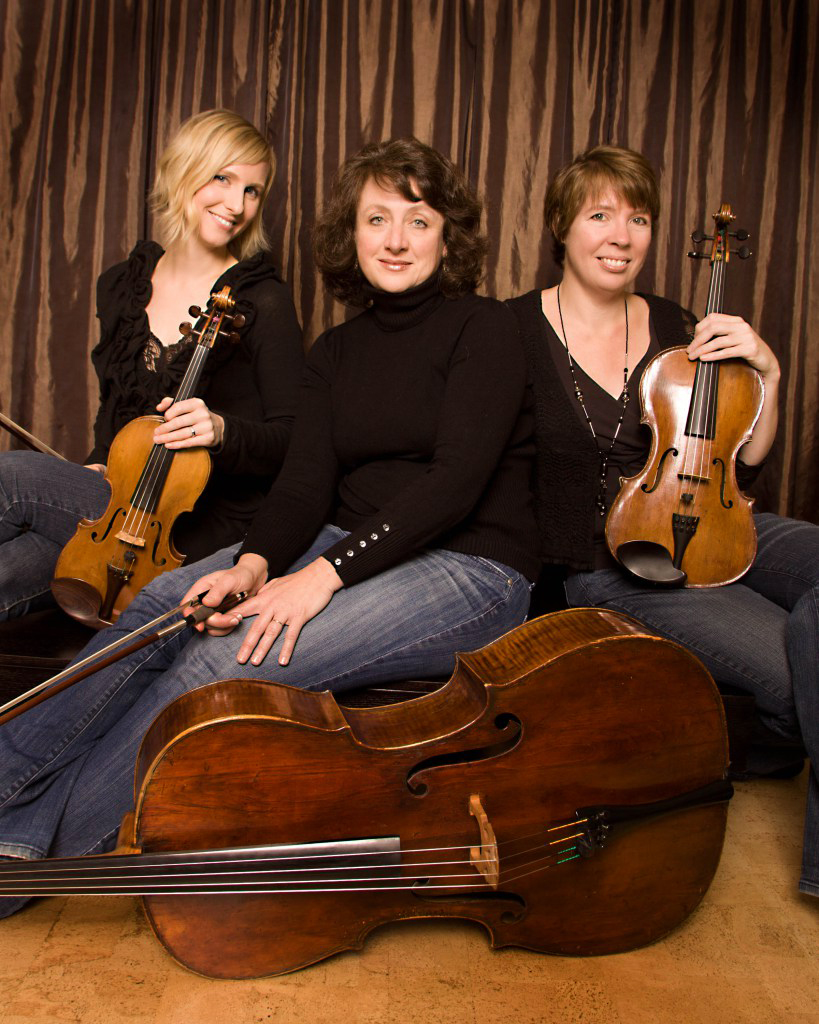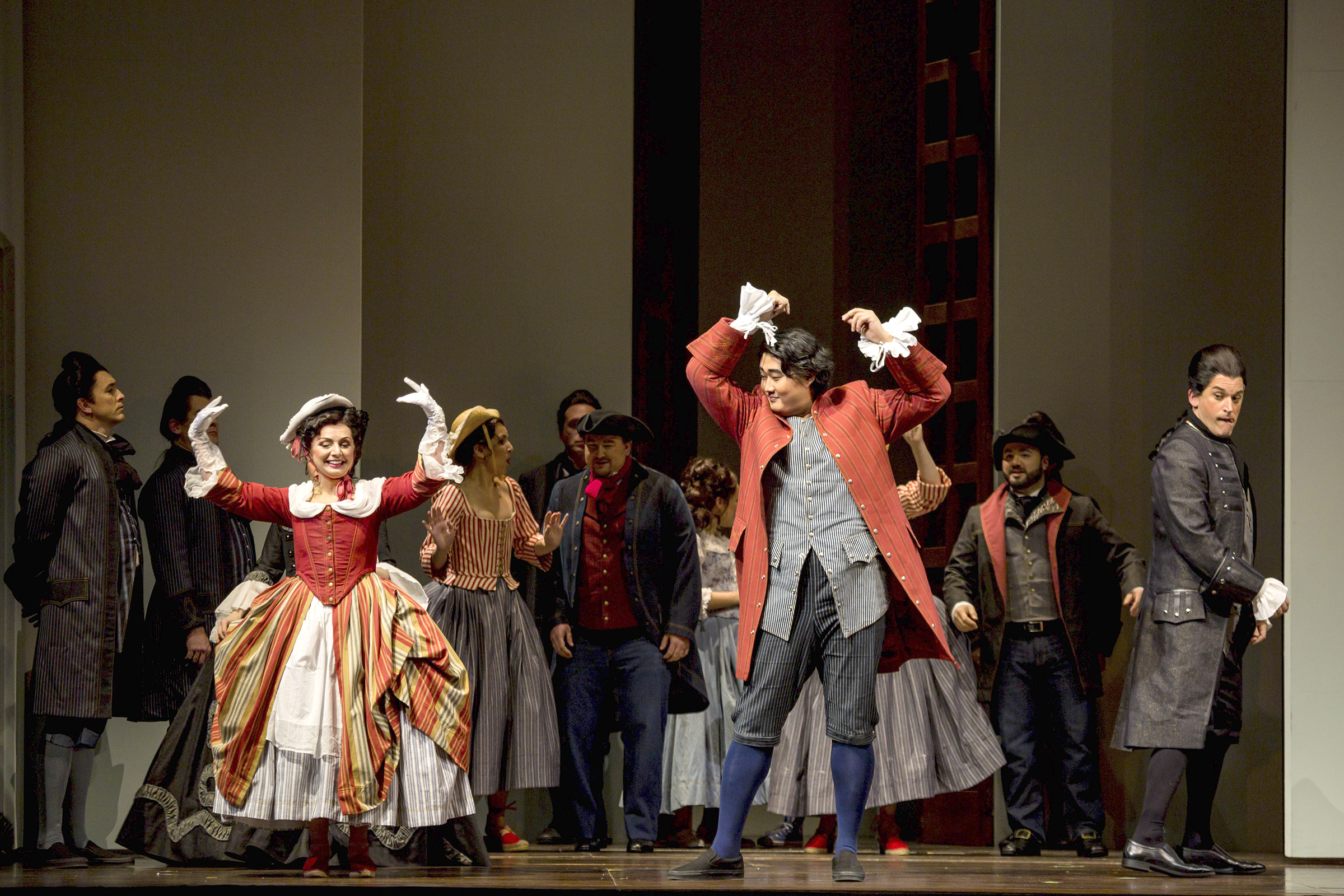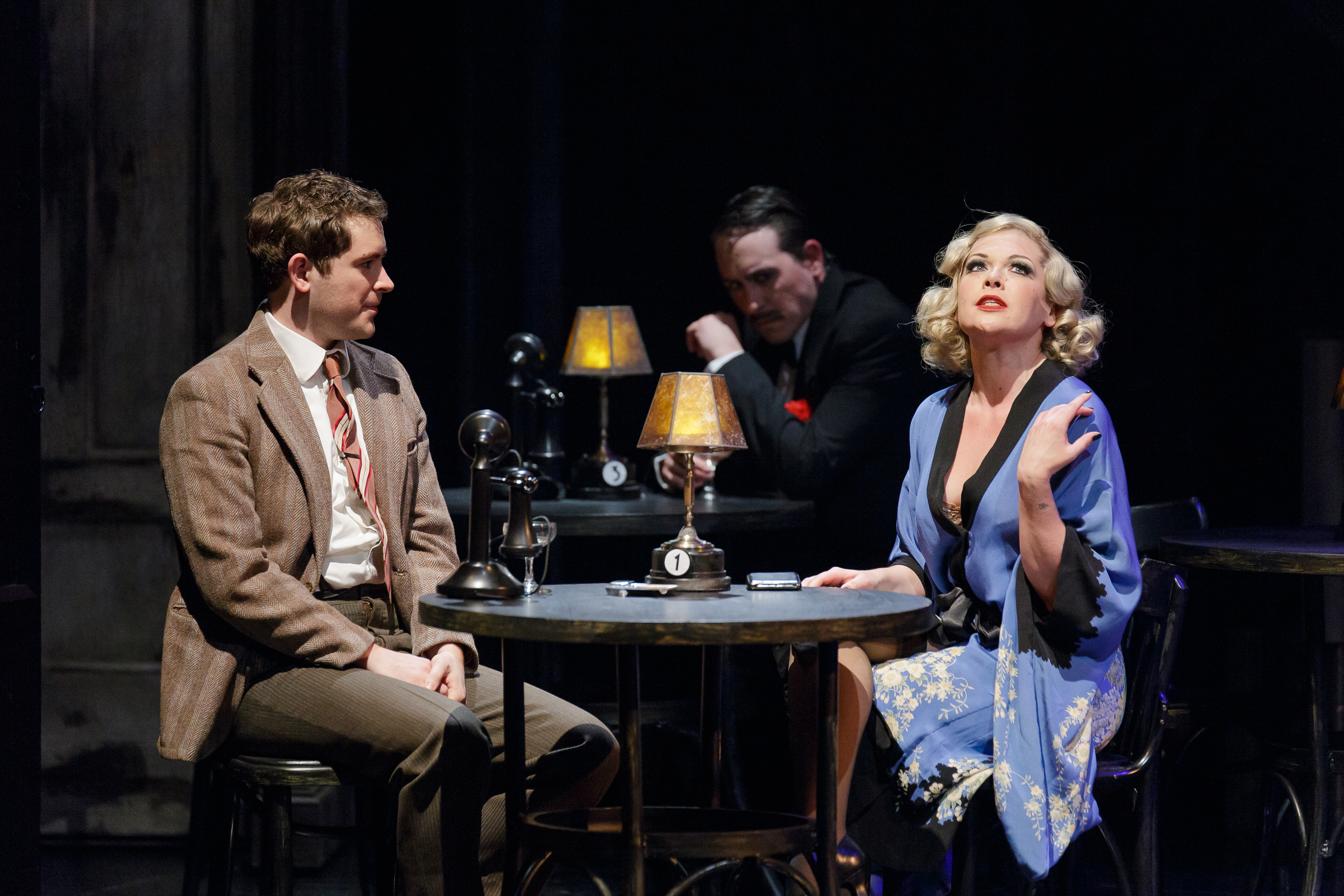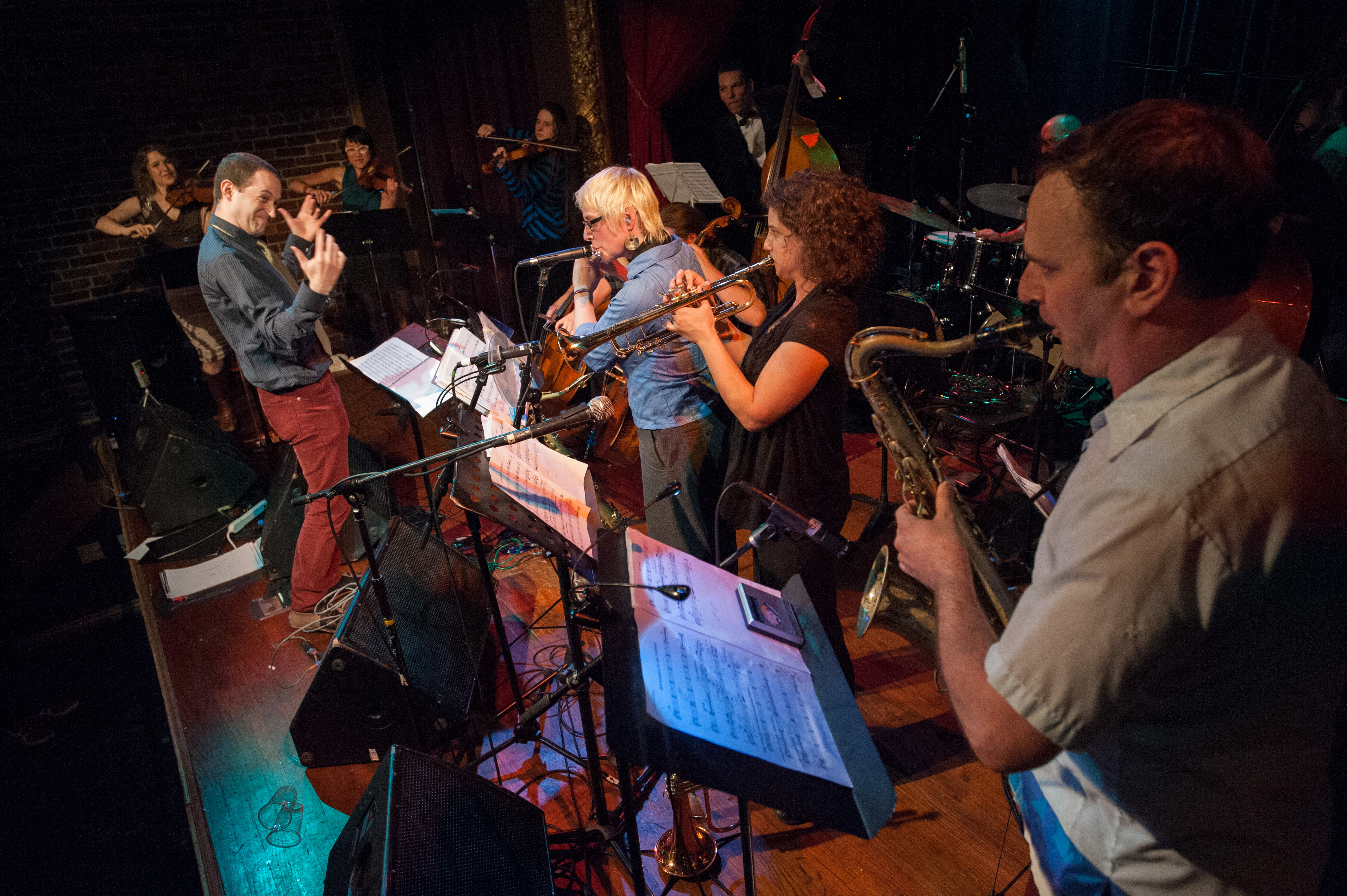As the Soviet Union’s greatest composer, Dmitri Shostakovich (1906–1975) was also necessarily its most scrutinized. Accordingly, the record of his music is also in part a record of his strategies for enduring the pressure he felt from the Soviet government—including thinly veiled death threats and the murders of close friends. One coping mechanism was to pick his battles: to dash off occasional Socialist-Realist potboilers (like Song of the Forests, his 1949 paean to Stalin’s reforestation plan) as a way of buying time and political capital to spend on more personally rewarding projects. It’s become a commonplace of Shostakovich criticism to see his instrumental oeuvre as a similar balancing act: His 15 symphonies were public statements in which he wrote what was expected of him—as opposed to his 15 string quartets, in which he said, for a far smaller audience, what he really meant.
It’s harder to make a case for this generalization as regards the symphonies. (To give one example, after World War II, during which Shostakovich had written a properly tragic Eighth Symphony, everyone expected a heroic, victorious Ninth a la Beethoven; instead he gave them a lightweight, even frivolous one.) But it does seem true that, like most composers who tackle this august genre, Shostakovich did reserve the string quartet for his most profound and interior moods, using its intimacy—the conversational approach to instrumental interplay that’s one of the form’s most attractive possibilities—as a sort of musical diary: thoughts to be shared with a few listeners or even just himself.
Paradoxically, the private, confessional aspect of these quartets has made them popular—both for audiences drawn to the unvarnished truths they seem to tell about the upheavals of the 20th century, and for string players compelled to explore their depths. But no Seattle musicians had attempted the entire cycle until Trio Pardalote (Victoria Parker, violin; Heather Bentley, viola; Rowena Hammill, cello) began their Club Shostakovich series last year, presenting one quartet roughly every other month with a rotation of guest artists joining them as the fourth member.
“The thing about chamber music,” says Bentley, “is that you can play the music in private, if you want . . . So if Shostakovich was looking to put certain kinds of expression into something that would be considered too ‘formalist’—the Soviet term for overly abstract, non-programmatic music—a piece of chamber music would be a good place.”
Next in the series, on Sept. 29, is Shostakovich’s Quartet no. 7, written in March 1960. A rehearsal at Parker’s house, with second violinist Blayne Barnes, clearly shows another advantage of chamber music: the leisure to experiment. After a sudden impassioned passage, Parker reflects and reconsiders: “I did an accent there; I’m not going to. I’ll just come in warm.” Later her pizzicatos are interrupted by a stab from the second violin; Barnes asks, “Was I too loud?” This time the first impulse was right: “No, I love it! It’s so cool!” says Bentley. The musicians discuss only technical details: questions of balance, dynamics, vibrato, bowing. Yet these are the keys that unlock the quartet’s emotional content; each time play resumes, the music is more intense, more dramatic, more wrenching.
Almost the first thing you hear in the Seventh is three repeated notes—“bum-bum-bum”—a figure that comes to pervade the first movement and grow foreboding. One suggestion that Shostakovich thought of his quartet cycle as a sort of ongoing memoir is that the “bum-bum-bum”s return in the next quartet, composed just a few months later, where they are said to represent the dread knocks on the door of the KGB arriving to make an arrest. Innocent at first in the Seventh Quartet, the three notes become gradually ominous and, in the Eighth, frightening.
The second movement opens with a wandering accompaniment in the second violin; it arcs repeatedly up and down but never seems to get anywhere. It becomes even more benumbed and lifeless, just a monotone dotted rhythm, under which the viola and cello sing together at the bottoms of their ranges like two Russian basses. To transition into the finale, Shostakovich interrupts a lamenting descent in the viola with frantic slashes from the violins: anger seems to drive away the slow movement’s despair as the viola takes over to launch a manic, scurrying fugue.
The “knocking” returns at the climax with a new hammering resonance, only to suddenly collapse into an innocuous sort of half-waltz: The “oom-pah”s are fragmented, just random ooms and pahs dropped in here and there. The three-note figure naturally fits easily into the waltz-ish rhythm, and quotes from the first movement return to end the piece just about where we started. In this way, the Seventh Quartet seems to be a piece about resignation, even impotence: the inability even for extremes of madness or sadness to change anything. At a scant 12 minutes, it’s the shortest quartet of the cycle—but like the other 14, says Bentley, “when you listen through an entire [Shostakovich] quartet, you feel like you’ve been to Far, Far Away and back.”
“I think there’s a generation of us who ‘discovered’ Shostakovich in the ’70s, when his music was just becoming known in the West,” Bentley explains. “He was just the twisted Cold War–era artistic antihero who spoke to our desire to partly embrace the exotic and rich Russian musical tradition, but to simultaneously pity those who suffered under Soviet domination. I think Shostakovich scratches a lot of American itches that way.” A lot of Seattle itches, too. Shostakovich is a favorite composer of Gerard Schwarz; his years with the Seattle Symphony, and the orchestra’s strong Russian contingent (including violinist Mikhail Shmidt and late cellist David Tonkonogui), have kept us well supplied with knockout Shostakovich orchestral and chamber performances for decades.
The idea for Club Shostakovich came when Hammill heard of a similar informal concert series in New Mexico based around Beethoven’s 16 quartets. Trio Pardalote performs in impresario Louis Magor’s homey, kitschy Kenyon Hall in West Seattle. At June’s concert, the root-beer floats on sale at intermission were a welcome comfort after the emotionally draining Shostakovich, and the room’s dry acoustic added grit and acerbity to the Trio’s performance.
“We’re already thinking of what to do when the cycle wraps up, says Bentley. “It will be 2015 by the time we’re done. We may do a retrospective of all of them,” perhaps over a single weekend, she reports. And then, perhaps, the Trio will take up Bartok, whose six viscerally harsh quartets span the first half of the 20th century and draw on Balkan folk music—an epic landscape of intense emotion to set beside Shostakovich’s intimate memoir.
gborchert@seattleweekly.com
KENYON HALL 7904 35th Ave. S.W., triopardalote.com. $5–$14. 7:30 p.m. Sun., Sept. 29.







